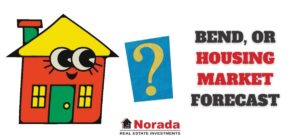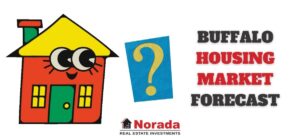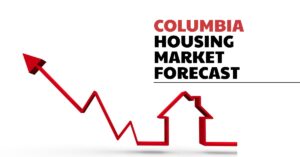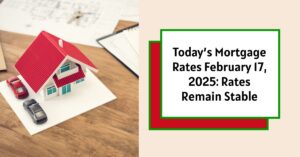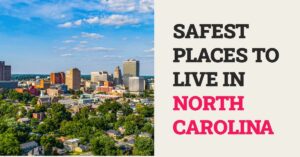Warren Buffett, the renowned investor and CEO of Berkshire Hathaway, has a reputation for his sage investment advice and long-term investment strategy. When it comes to real estate investment, Buffett's approach is no different. He advocates for a patient, value-oriented strategy that focuses on long-term gains rather than quick profits.
Buffett's Philosophy on Real Estate Investment
Buffett's philosophy on real estate investment can be distilled into several key points:
- Long-Term Investments: Buffett believes in the power of long-term investments. He is known for saying, “Nobody buys a farm based on whether they think it's going to rain next year … they buy it because they think it's a good investment over 10 or 20 years.” This principle applies to real estate as well. The idea is to invest in properties that will provide value for many years to come.
- Understanding and Patience: Learning from his early experience in stock investment, Buffett realized the importance of understanding your investments and having the patience to see them grow over time. This lesson is crucial in real estate, where the market can fluctuate, but the long-term trend is generally upward.
- Safe Investments: In line with his risk-averse nature, Buffett advises investors to “only buy something that you'd be perfectly happy to hold if the market shut down for 10 years.” This means investing in properties that are likely to remain in demand and retain their value even during economic downturns.
- Starting Small: For those new to real estate investment, Buffett suggests starting with a single property, learning the market's intricacies, and then scaling up slowly. This approach helps mitigate risk and allows investors to adapt to the market's changes.
- Intrinsic Value: Buffett's recommendation is anchored in the intrinsic value of real estate. Unlike stocks, real estate is a tangible asset, less susceptible to market volatility. It generally appreciates over time, and during inflation, the value of money diminishes, but the value of real estate typically rises.
- Expertise and Management: Buffett emphasizes the need to understand the finances and financing of real estate but also recognizes the importance of acknowledging one's limitations. He advocates for employing expert property managers to handle the day-to-day management, allowing investors to focus on the asset's future productivity.
Application of Buffett's Principles
Buffett's real estate investment lessons reflect his overall investment strategy: focus on the long term, understand what you're investing in, ensure safety, start small, and recognize the intrinsic value. By applying these principles, investors can approach real estate with a mindset similar to one of the world's most successful investors.
For those interested in delving deeper into Buffett's investment philosophy and how it applies to real estate, his annual shareholder letters often provide valuable insights and are worth reading. Additionally, there are resources available that compile real estate investing lessons drawn from Buffett's approach.
Bottom Line: Warren Buffett's take on the best real estate investment is to treat it like any other asset class: with careful consideration, a focus on long-term value, and an understanding of the underlying economics. By following these principles, investors can make informed decisions that align with their financial goals and risk tolerance.
Work with Norada in 2025, Your Trusted Source for
Turnkey Real Estate Investing
Discover high-quality, ready-to-rent properties designed to deliver consistent returns.
Contact us today to expand your real estate portfolio with confidence.
Contact our investment counselors (No Obligation):
(800) 611-3060



